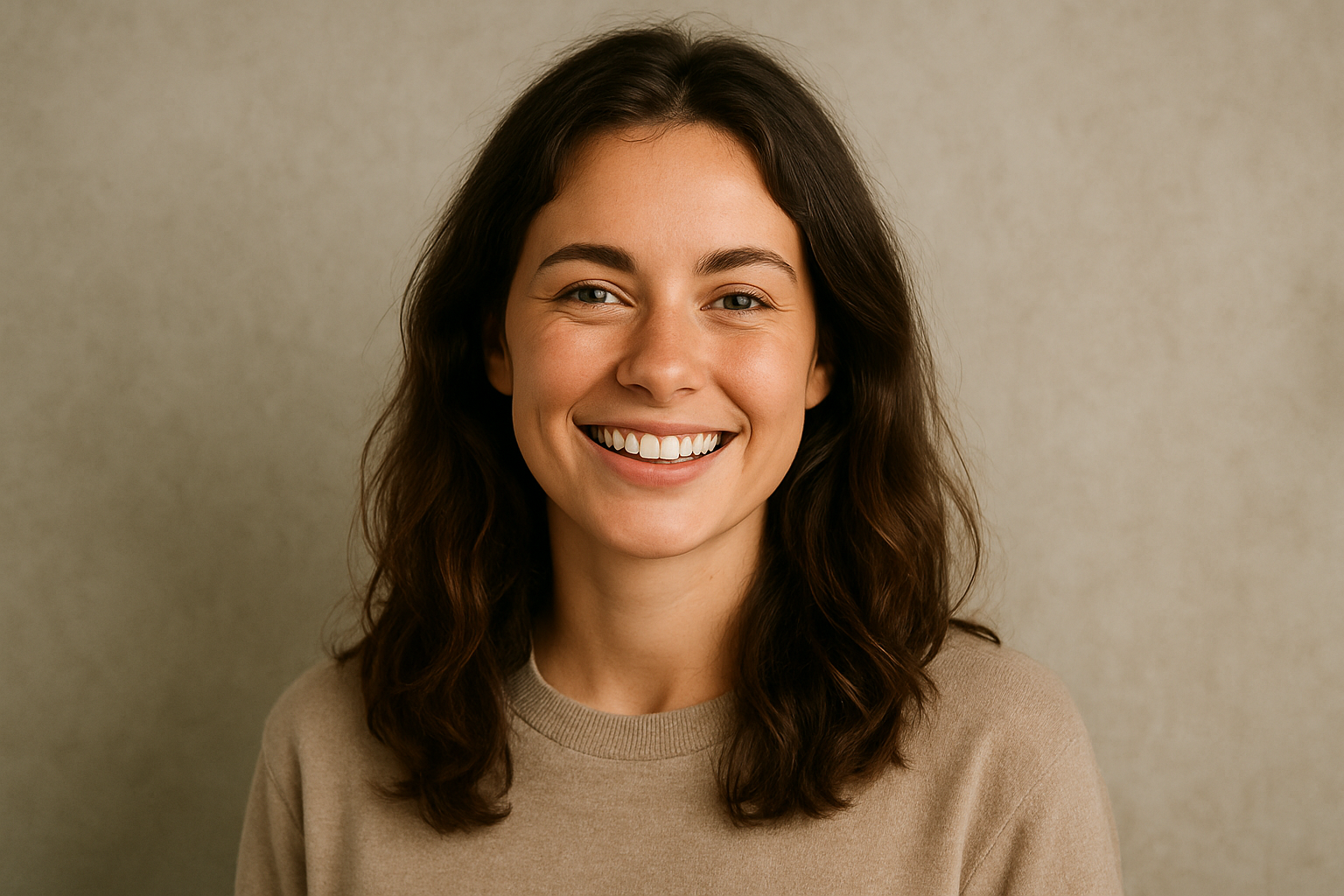
Artificial intelligence can now create photos so realistic that even experienced photographers struggle to tell whether an image is real. While AI images used to be easy to spot due to distorted hands or blurred details, in 2025 generators like MidJourney, DALL·E 3, and Stable Diffusion XL are nearly flawless.
So how can you tell if a photo was taken in real life – or created by a computer?
Why recognizing AI photos matters
Photos influence what we believe. They’re used in media, political campaigns, marketing, and everyday communication. AI can create images of people, events, or places that never existed – and in doing so, distort reality.
Understanding the differences between real and generated photos is therefore crucial not only for photographers but also for companies, journalists, and the general public.
How to recognize an AI-generated photo: main signs
Even the most advanced generators still make mistakes that the human eye (for now) can detect.
What to look out for:
- 🖐 Hands and fingers: often have odd proportions, too many joints, or blend together.
- 👁 Eyes and teeth: appear overly symmetrical, sometimes “too perfect,” or have irregular reflections.
- 🏙 Backgrounds and textures: objects repeat or fade unnaturally.
- 🏷 Text: signs and labels often look distorted, nonsensical, or blurry.
- 🧠 Overly clean scenes: no noise, flawless shadows – reality is rarely that perfect.
💡 Tip: AI-generated photos often feel “too ideal” – as if combining all perfect elements without any natural imperfections.
Tools that help detect AI-generated images
Fortunately, there are online tools that analyze an image and estimate whether it was created by artificial intelligence.
Best detection tools (2025):
- AI or Not (by Optic) – detects images from MidJourney, DALL·E, and Stable Diffusion.
- HuggingFace AI Detector – open-source model trained on thousands of AI-generated images.
- Reality Defender – browser plugin for verifying image authenticity.
- Content Credentials (Adobe) – metadata confirming the origin of a photo.
👉 No tool is 100% accurate, but using several together provides a more reliable result.
How platforms are tackling AI image detection
In 2025, digital signatures (content authenticity metadata) are being introduced – invisible marks confirming that a photo was taken by a camera.
This standard is supported by companies like Adobe, Nikon, Canon, and Leica, which are integrating verification directly into their cameras.
Soon it will be possible to check the origin of any image as easily as identifying the author of a document.
How to protect yourself from fake photos
- 🔍 Verify the source and context – where did the photo come from?
- 🕵️♀️ Look for editing traces – strange blurs, odd textures.
- 📰 Don’t trust photos without context (e.g., viral images from X or TikTok).
- 🧾 Use your own library of authentic photos – ideally with metadata and author signatures.
How to maintain authenticity with Infiry
If you want to keep full control over your real photos and avoid confusion with AI-generated ones, Infiry can help – a smart web application for photo management.
How Infiry protects authenticity:
- 📸 Preserves original metadata (date, author, device).
- 🧠 Automatically recognizes content while retaining origin information.
- 🔎 Clearly separates authentic photos from AI-generated ones.
- ☁️ Stores everything securely in one place with easy sharing options.
👉 Try Infiry for free and be sure your photos remain real, verified, and protected.
Tags:
- AI generated photos
- AI photo detection tools
- AI photo recognition
- content credentials
- DALL·E 3 images
- detecting fake images
- digital photo authenticity
- how to detect AI images
- Infiry photo management
- metadata verification
- MidJourney fake photos
- photo authenticity check
- real vs fake photos 2025
- recognizing AI pictures
- Stable Diffusion XL
